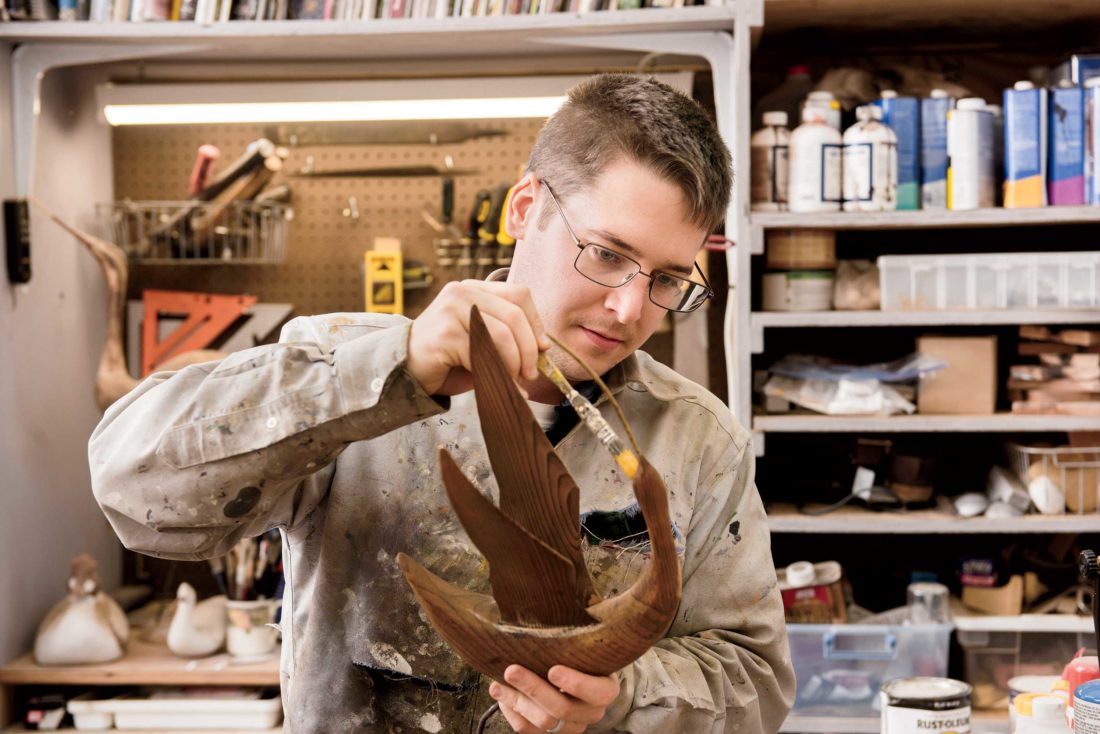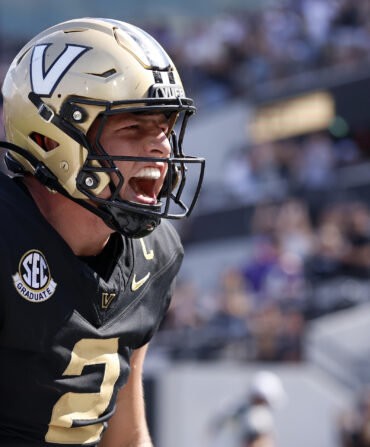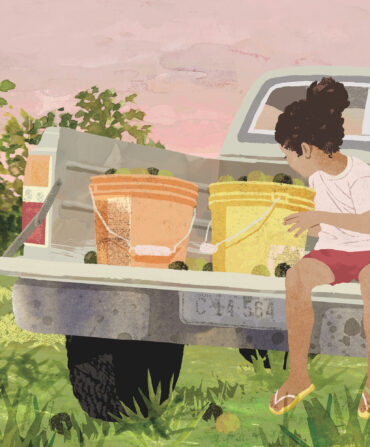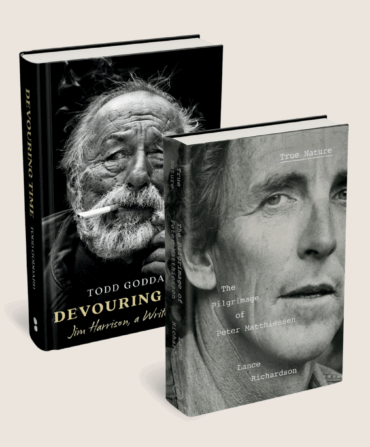Morning on the Lynnhaven River in Virginia Beach finds Spencer Tinkham scanning the water from his skiff. He’s on the hunt, but not for birds, exactly. He’s searching for the materials to carve birds—and fish, too. There, among the oyster beds and marsh that lead to the Chesapeake Bay, he spies something floating. A plank from an old pier that came apart, perhaps. There are a few more pieces as well, and he hauls them all aboard.
“You can’t recreate what sun, rain, heat, and cold do to wood,” Tinkham says. “If I find something weathered that has character, I pull it up and take it home.” Days later, he will cut those planks into a school of flounder, spotted with paint he mixes from oil and pigment. He lets the lines of each found piece of wood inform the sculptures that have made him one of his generation’s most celebrated sporting art carvers.

Photo: Mike Morgan
The artist applies made-from- scratch oil paints to an avocet, an hours-long process he completes in one sitting.
He’s just twenty-five, but Tinkham has been at it since age eight, when his grandfather taught him to whittle. Tinkham had always loved watching the ducks fly by his family’s property in Norfolk, so he began replicating their forms—first on bars of soap, then balsa wood, and as his confidence grew, pieces of flotsam and barnwood planks. At age fourteen, he saw a local carving competition not far from his house, went home, pulled some of his hunted-over creations out of his canoe, and rushed back to the judges’ table. “They were wrapped in decoy line and had mud and shot marks on them,” he remembers. His green-winged teal took Second Best in Show. With that nod of validation, Tinkham immersed himself in the sporting arts, twice winning the Ward World Championship Wildfowl Carving Competition’s youth division.
“A great artist is somebody who is always pushing the boundaries of what’s been accepted, and that’s what I like about Spencer,” says Stephen B. O’Brien, Jr., who runs Copley Fine Art Auctions in the Boston area and has sold Tinkham’s pieces. “He’s rooted in traditional carving, yet he’s always experimenting.” Tinkham’s musings have evolved from traditional decoys to whimsical wading birds—herons, curlews—fish, and other animals inspired by his ramblings and the materials he collects. “His foraging makes me think of the famed Nathan Cobb, also from Virginia, who would find holly branches and gather roots and shape them into decoy heads,” O’Brien says.
In his studio on Crab Creek, which meanders into the bay, Tinkham will turn a piece of wood in his hands before picking up his rasp. For a pair of avocet shorebirds, he cuts brass rods discovered on Ocean View Beach into bills, and carves the thighs from a croquet handle he grabbed from a neighbor’s driveway on trash day. Scanning his shop, he sees other animals taking form. Those pitchfork tines could be beaks. That piece of shipping crate could become a wing. “The found materials,” he says, “are always giving me hints on ways to shape them.”
2024 update: Tinkham has carved birds wading and in flight, but lately he’s been getting much closer. He created a dozen macrosculptures that zoom in on bird feathers in intricate detail for Witness, his exhibition that runs February 9–June 9, 2024, at the Virginia Museum of Contemporary Art in Virginia Beach. The feathery creations include the gorgeous blues and yellows of a macaw, the textures of silver pheasant, and in one piece-within-a-piece, a life-size saw whet owl hiding inside an eastern screech owl’s feather hollow.








